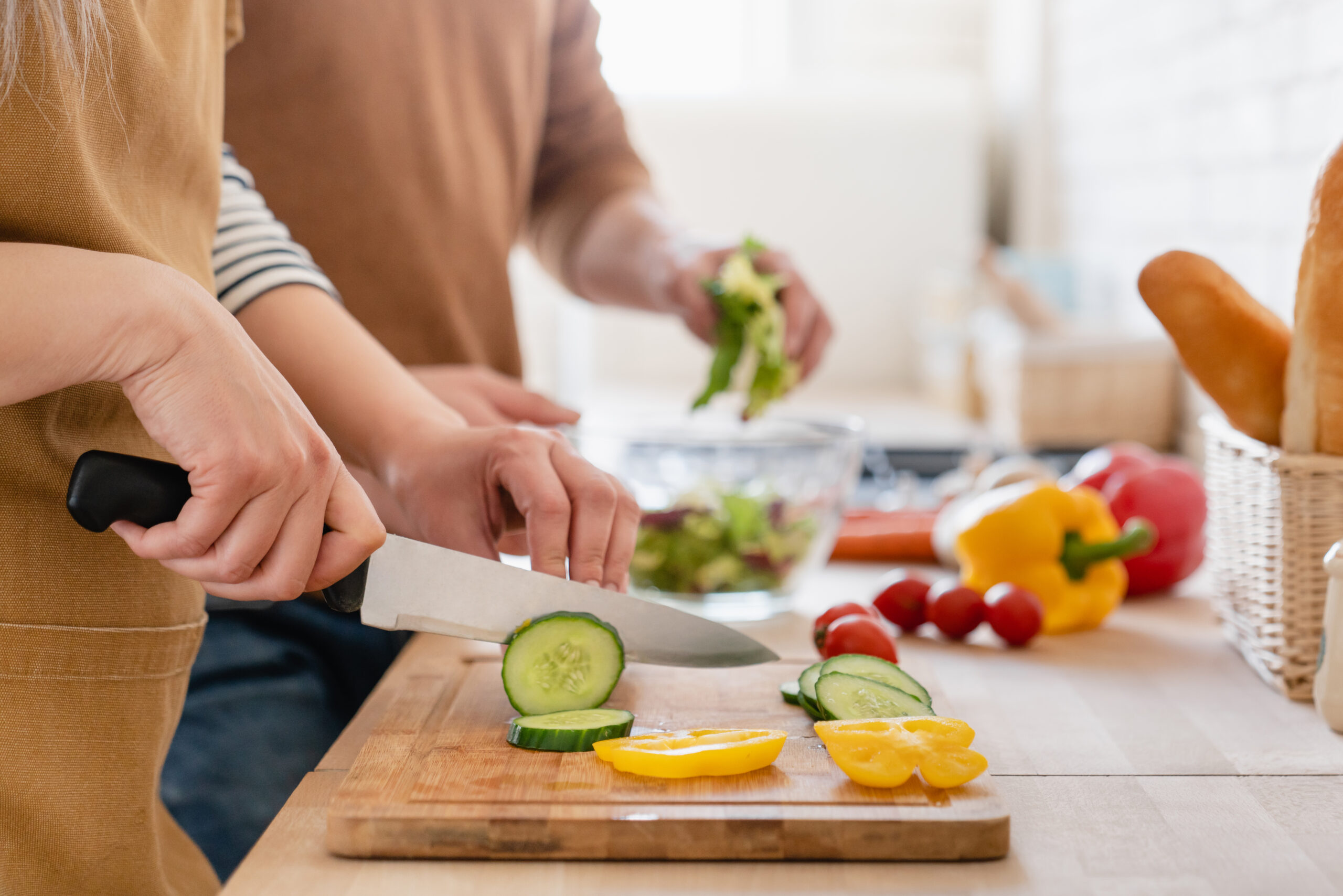Table of Contents

Failing to properly prepare red kidney beans and cassava can lead to severe toxicity, causing symptoms ranging from extreme gastrointestinal distress to potentially life-threatening cyanide poisoning.
At a Glance
- Red kidney beans contain phytohaemagglutinin, a toxin that can cause food poisoning with symptoms like vomiting and diarrhea if beans are undercooked
- Consuming as few as four raw kidney beans can trigger poisoning symptoms
- Kidney beans must be soaked for at least 8 hours and boiled at high temperature for 10 minutes to destroy toxins
- Cassava contains cyanogenic glycosides that convert to hydrogen cyanide if not properly prepared
- Proper preparation methods including peeling, soaking, and thorough cooking are essential for safely consuming these common foods
Understanding Natural Food Toxins
Many plant foods we regularly consume contain natural toxins that evolved as defense mechanisms. Despite their potential dangers, these foods remain dietary staples in cultures worldwide when prepared correctly. Natural toxins serve an important biological purpose, protecting plants from predators, fungi, and insects. However, without proper handling and cooking techniques, these same protective compounds can pose serious health risks to humans.
While most people recognize that some wild mushrooms and certain exotic foods can be deadly, fewer realize that common pantry staples like kidney beans and cassava require specific preparation methods to neutralize their natural toxins. Understanding these requirements is crucial for home cooks, particularly those exploring international cuisines or trying new preparation methods like slow cooking.
The Dangers of Improperly Prepared Kidney Beans
Red kidney beans contain phytohaemagglutinin, a lectin that acts as a natural insecticide for the plant but can cause severe food poisoning in humans. The toxin concentration is highest in raw beans, with as few as four or five raw beans potentially causing symptoms. Consuming undercooked kidney beans can lead to nausea, vomiting, severe abdominal pain, and diarrhea within hours of consumption, with symptoms sometimes lasting several hours.
Slow cookers present a particular risk when preparing kidney beans. The relatively low cooking temperature may not reach the threshold needed to deactivate the toxin, potentially making the beans more dangerous than if they were completely raw. In fact, beans heated to temperatures between 80-90°C (176-194°F) can increase the toxicity five-fold compared to raw beans, making proper cooking technique essential.
Safe Preparation Methods for Kidney Beans
To safely prepare kidney beans, begin by soaking them for at least 8 hours or overnight, then drain and rinse thoroughly. While soaking is important for texture and cooking time, it's the high-temperature cooking that neutralizes the toxin. Beans must be boiled vigorously for a minimum of 10 minutes at the start of cooking. After this initial boiling period, they can be simmered until fully tender, typically 45-60 minutes depending on freshness.
Canned kidney beans have already undergone a high-temperature pressurized cooking process that destroys the toxin, making them safe to eat even without additional cooking. This makes canned beans a convenient and safe alternative for recipes like cold bean salads where the beans won't be cooked further. When using dried beans, never use a slow cooker as the sole cooking method unless the beans have first been boiled separately.
Cassava Safety: Preventing Cyanide Poisoning
Cassava, also known as manioc or yuca, is a staple food for over 800 million people worldwide and contains cyanogenic glycosides that can convert to hydrogen cyanide in the human body. There are two main varieties: sweet cassava (containing lower toxin levels) and bitter cassava (containing higher toxin levels). Bitter cassava requires more extensive processing, but even sweet cassava must be properly prepared to be safe for consumption.
Proper preparation of cassava includes peeling (as the skin contains higher concentrations of toxins), chopping into small pieces, soaking in water for several days in the case of bitter varieties, and thorough cooking through boiling, roasting, or fermenting. These methods allow the cyanide compounds to break down and dissipate. Improperly prepared cassava can cause symptoms ranging from headache and dizziness to vomiting, paralysis, and in severe cases, death. Long-term consumption of improperly prepared cassava with low levels of cyanide has been linked to neurological disorders and goiter.
Other Foods Requiring Special Preparation
Several other common foods contain natural toxins requiring proper preparation. Bamboo shoots contain cyanogenic glycosides similar to cassava and should be sliced and boiled before consumption. Green or sprouting potatoes contain glycoalkaloids that can cause headache, vomiting, and neurological symptoms; these toxins cannot be destroyed by cooking, so green parts should be generously trimmed away. Elderberries must be thoroughly cooked, as raw or unripe berries contain substances that produce cyanide.
By understanding and following proper preparation methods for foods containing natural toxins, you can safely enjoy the nutritional benefits these foods provide while avoiding potential health risks. The traditional preparation methods developed across cultures for these foods weren't arbitrary but evolved specifically to neutralize their natural toxins, demonstrating the importance of preserving this culinary knowledge as we incorporate these foods into our modern diets.
AD
Most Recent
AD
